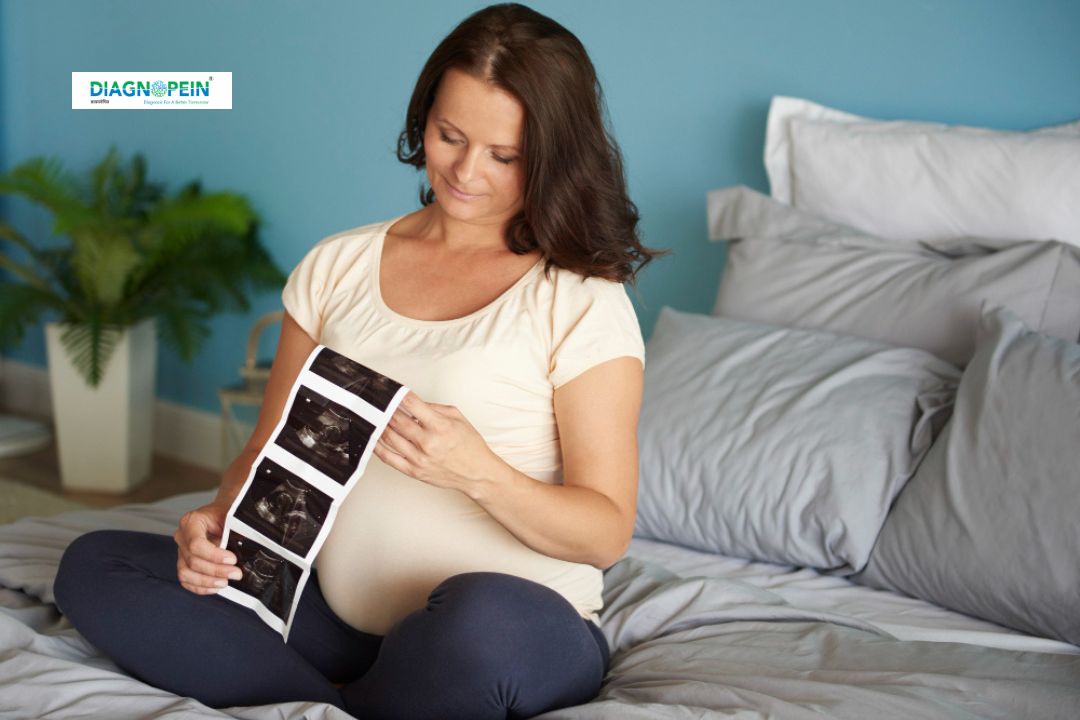Diagnopein USG 3RD TRIMESTER STUDY Centre in Karad

The USG 3rd Trimester Study is an essential ultrasound examination performed during the final stage of pregnancy, spanning from 28 to 42 weeks of gestation. This ultrasound plays a vital role in assessing fetal well-being, growth, anatomical development, placenta positioning, and amniotic fluid levels as the pregnancy approaches full term. Unlike earlier scans, the 3rd trimester ultrasound focuses on monitoring any late-appearing abnormalities, confirming fetal presentation, and identifying growth restrictions or other complications that may impact delivery outcomes. It serves both asymptomatic women and those presenting with symptoms that could affect pregnancy health.








